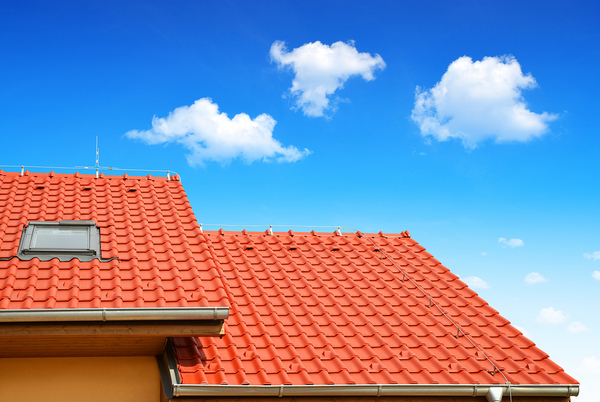
If you’re considering a roof replacement in the near future, you may have looked into the kinds of roofing materials available. In recent years, some new and different materials have gained popularity, which can make roof replacement more interesting — and confusing. Here is a look at some of the more unusual options and what distinguishes them from traditional roofs.
Dimensional shingles are asphalt composite shingles that are made to have the appearance of cedar. They are available in many different shapes and styles that mimic other, more expensive roofing types. They are typically thicker and more durable than asphalt shingles and can last up to 50 years.
Concrete tiles are versatile and can be made to look like clay tiles, shingles, shakes and even slate, with greater durability and lower cost than at least some other types. Concrete roofing solutions can last 50 or more years.
Fiber cement tiles are a mixture of concrete, clay, and wood fiber. They are lighter than concrete, clay and slate, and generally look like wood shakes, although color and texture can give different looks. Fiber cement tiles last up to 30 years but are not ideal in very cold climates, and they cannot be stepped on because they may crack.
Green roofing, also known as a living roof, uses a thin layer of soil or other growth medium to grow shallow plants on the roof. The soil and plant growth have an insulating effect as well as improving the air quality as plants release oxygen. Green roofing should only be used on flat or mostly flat roofs and in climates where plants will grow year round.
Rubber roofing is highly energy efficient and can be used on sloped or flat roofs. Rubber isn’t suitable for climates that get a lot of rain or snow, however. Most rubber roofs come with a 30 year warranty. Plants can be grown on top of the rubber to shield it from damage, increase its life span and make it suitable for hotter climates. Some rubber roofing is also called recycled roofing because the rubber can be up to 95% recycled material, which benefits the environment even more.
Spray-on roofing made of polyurethane can be used on flat or low-sloped roofs if appearance isn’t a major concern, such as when the roof is mostly hidden. A coating is used over the polyurethane to protect it from the sun’s UV rays. Polyurethane roofing is highly energy efficient and can greatly reduce your heating and cooling costs. It is also lightweight and inexpensive. It doesn’t have seams to allow leaks, either.
Other recycled products are being used as roofing materials as well. Milk jugs, old tires and even carpeting are sometimes used to create roofing materials that work as well as more traditional roofing types.
Moonworks can help you choose durable, long-lasting roof materials for your roof replacement needs. Their professional installation will give you peace of mind that your home will be protected for a very long time. Call 1-800-975-6666 for a free estimate.
